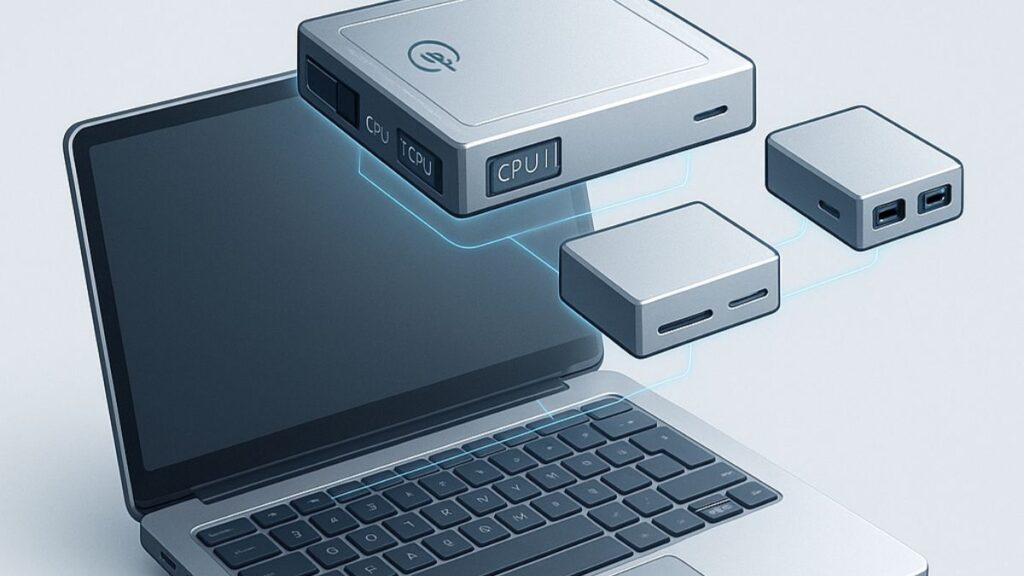For over two centuries business and industrial progress has been sparked by replacing hands-on processes with mechanized, automated, increasingly intelligent alternatives. That was the case when Jacquard looms replaced hand weaving, when assembly lines supplanted hand-crafted goods and when transactional computing systems, like the IBM mainframe replicated the work of armies of bookkeepers.
The fact is that IT solutions have driven or underlaid the advances that businesses have achieved during the past five decades, including elemental shifts in manufacturing, communications, travel and commerce. But it seems entirely possible that what most people call the Internet of Things (IoT) may dwarf previous technological achievements.
Why so? Because along with fully leveraging existing and emerging IT innovations, IoT promises to be orders of magnitude larger, more complex and more widely dispersed than anything businesses and consumers have ever seen. IoT systems are also growing at remarkable speed with common predictions of 20B to 50B IoT sensors deployed by 2020.
However, significant practical tripping points litter the road to that cheerily optimistic future, especially in regards to how long it takes and how difficult it is to deploy, provision and secure IoT devices and infrastructures. That’s why the new IoT scaling and security offerings Intel announced at the IoT Solutions World Congress are worth a closer look.
Intel meets/matches IoT challenges
What IoT issues does Intel aim to address? Today, the vast majority of IoT devices are manually installed. That doesn’t seem like such a big deal on the face of it. After all, simplified software installation and updates, along with “plug and play” device recognition/implementation tools have taken much of the pain out of consumer and business technologies.
But as Intel noted in its announcement (referencing a recent Kaiser Associates’ study), IoT deployments, including coordinating the team efforts of installers, IT network tech and operations teams, typically take 20+ minutes per endpoint device. That is, an effective team that faces minimal problems can only install around 5,000 IoT endpoints, like so-called “smart” light bulbs per year. Factor that number into a single billion and the scope of scaling into tens of billions of IoT devices becomes exponentially clear.
So what is Intel doing about it? The company’s new Secure Device Onboard (Intel SDO) speeds and automates IoT device provisioning with automated “Zero Touch” plug & play-style features that seamlessly work across hundreds or thousands of devices. As a result, Intel says that SDO can bring IoT devices online in seconds, drastically improving provisioning speed and efficiency while maintaining maximal security.
Securing IoT deployments is crucial, especially considering how well-organized and funded hackers are increasingly targeting corporate and public sector IT infrastructures. So how does that aspect of Intel’s solution work? SDO leverages Intel Enhanced Privacy ID (EPID) to anonymously authenticate IoT devices and establish encrypted tunnels for network communications.
Introduced in 2008, it has been used to secure over 2.7B security keys for Intel and non-Intel MCU processors. In other words, Intel’s SDO will notably speed IoT provisioning while maintaining network security with well-established, field-tested Intel EPID technologies.
Final analysis
Finally, Intel is expanding the availability of SDO across IoT ecosystems via agreements with silicon vendors, including Cypress Semiconductor, Infineon and Microchip to add EPID capabilities into their own IoT solutions. Plus, cloud services providers, including AWS, Google Cloud, Microsoft Azure and Wind River Helix Device Cloud plan to support Intel SDO’s Zero Touch model in their own IoT solutions and services.
This is all likely to strengthen and speed the shift toward industrial IoT that we’ve seen over the past 12-24 months. That’s hardly a surprise since the practical value of IoT to and the investment capacity of businesses makes them attractive prospects to vendors. But that growing interest also exacerbates IOT’s problems.
To date, those challenges have seemed nearly insurmountable, especially if estimates of the IoT markets scaling to tens of billions of connected devices by 2020 are to be believed. That goal is clearly what Intel aims to help its customers and partners achieve with its automated Secure Device Onboard Zero Touch model and Enhanced Privacy ID security features. Thanks to Intel, the future of industrial IoT just got a whole lot brighter.
- Dell Concept Luna – Inspiring Sustainable Innovations with Circular Design - December 21, 2023
- AI Alliance: IBM, Meta, Dell and 50+ Founding Partners Pursue Open, Transparent and Safe AI Innovation - December 13, 2023
- Dell Technologies: Creative Partnering = GenAI Innovation - November 30, 2023




Comments are closed.